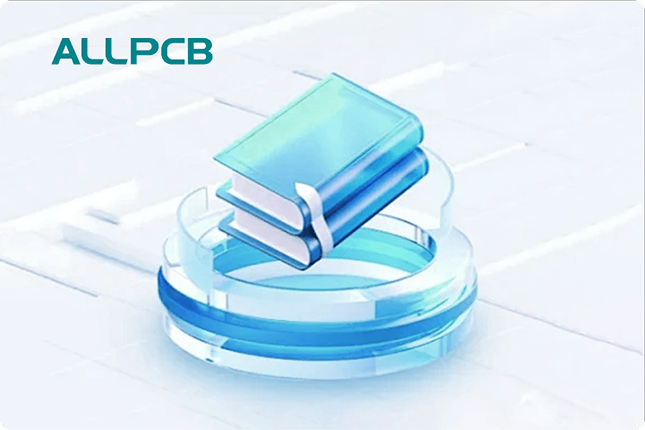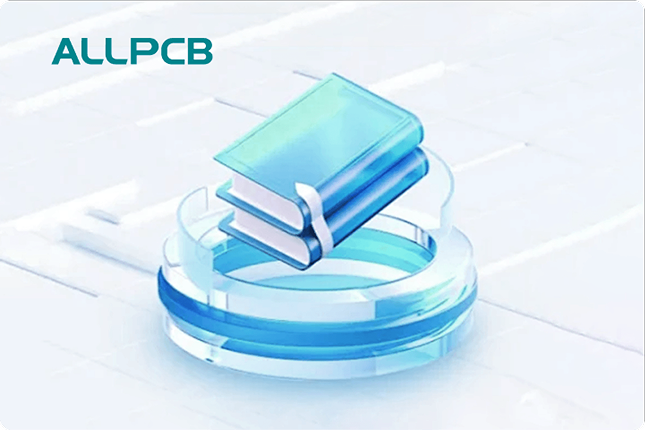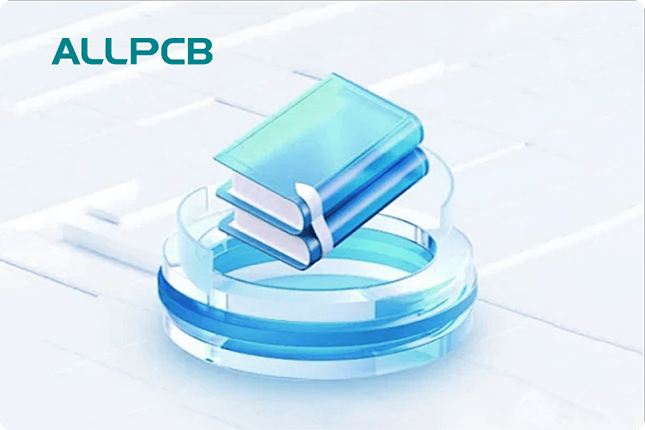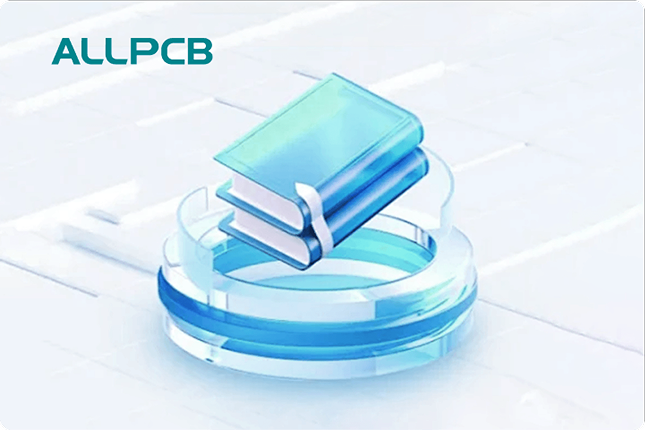Are you struggling with solderability issues in PCB assembly, especially when using immersion silver as a surface finish? The reflow temperature plays a critical role in determining the quality of solder joints on immersion silver-coated boards. In this comprehensive guide, we’ll explore how reflow temperature affects immersion silver solderability and share best practices for optimizing the soldering process in PCB assembly. Whether you’re an engineer or a hobbyist, you’ll find actionable tips to ensure reliable and durable solder joints.
Introduction to Immersion Silver and Reflow Soldering
Immersion silver is a popular lead-free surface finish for printed circuit boards (PCBs) due to its excellent solderability, flat surface, and compatibility with fine-pitch components. Applied directly to the copper layer, this thin silver coating (typically 0.05 to 0.3 micrometers thick) protects the board from oxidation while providing a reliable base for soldering. However, its performance heavily depends on the reflow soldering process, particularly the temperature profile used during assembly.
Reflow soldering is a widely used technique in surface mount technology (SMT) to attach components to PCBs. It involves applying solder paste, placing components, and heating the assembly in a reflow oven to melt the solder and form strong joints. The reflow temperature profile, which includes preheat, soak, reflow, and cooling zones, must be carefully controlled to avoid damaging the immersion silver finish or compromising solderability.
In this blog, we’ll dive deep into the relationship between reflow temperature and immersion silver solderability, focusing on how to optimize the reflow profile for the best results in PCB assembly. Let’s get started with understanding the unique properties of immersion silver and why temperature matters.
Why Immersion Silver Solderability Depends on Reflow Temperature
Immersion silver is prized for its ability to form strong, reliable solder joints, but it is sensitive to high temperatures and prolonged exposure during reflow soldering. If the reflow temperature is too high or the heating duration is too long, the silver layer can degrade, leading to issues like tarnishing or intermetallic compound (IMC) formation. These problems directly impact solderability, resulting in weak joints or assembly failures.
One key concern is the reaction between silver and tin in the solder paste. At elevated temperatures (above 240°C for extended periods), excessive IMC growth can occur at the silver-solder interface. While a thin IMC layer is necessary for a strong bond, excessive growth can make the joint brittle, reducing its mechanical strength and reliability. Additionally, immersion silver is prone to micro-voiding if the reflow profile isn’t optimized, which can further weaken the connection.
On the other hand, if the reflow temperature is too low, the solder may not fully melt or wet the silver surface, leading to poor adhesion and incomplete joints. Striking the right balance in the reflow profile is essential for maximizing immersion silver solderability while avoiding defects.
Key Factors Linking Reflow Temperature to Solderability
- Peak Temperature: For lead-free solder pastes commonly used with immersion silver, peak temperatures typically range from 235°C to 250°C. Exceeding 260°C can degrade the silver layer.
- Time Above Liquidus (TAL): The duration the solder stays above its melting point should be limited to 60-90 seconds to prevent excessive IMC formation.
- Heating Rate: Rapid heating can cause thermal shock to the silver finish, while slow heating may lead to oxidation before soldering.
Understanding these factors helps in designing a reflow profile that protects the immersion silver finish while ensuring strong solder joints during PCB assembly.
Challenges of Reflow Soldering with Immersion Silver
While immersion silver offers many benefits, it presents unique challenges during the soldering process. Being aware of these issues can help you adjust the reflow temperature and profile to mitigate risks.
1. Tarnishing and Oxidation
Immersion silver is susceptible to tarnishing when exposed to air or sulfur-containing environments. Although the silver layer is thin, even slight tarnishing can reduce solderability. High reflow temperatures can accelerate this process if the board isn’t properly stored or if the oven environment isn’t controlled (e.g., excessive humidity).
2. Micro-Voiding
Micro-voids are tiny gaps in the solder joint that can form due to outgassing or improper wetting during reflow. For immersion silver, micro-voiding is often linked to high peak temperatures or prolonged TAL, which can trap gases between the silver and solder layers.
3. Creep Corrosion
In humid or sulfur-rich environments, immersion silver can experience creep corrosion, where corrosion products spread across the board. While this isn’t directly tied to reflow temperature, improper heating can exacerbate surface vulnerabilities, making the board more prone to corrosion post-assembly.
By carefully controlling the reflow temperature and ensuring a clean assembly environment, you can minimize these challenges and maintain the integrity of the immersion silver finish.
Optimizing the Reflow Profile for Immersion Silver Solderability
Creating the right reflow profile is the cornerstone of successful PCB assembly with immersion silver. The profile consists of four main zones—preheat, soak, reflow, and cooling—each of which must be tailored to balance solderability and surface finish protection. Let’s break down each zone and provide specific recommendations.
1. Preheat Zone
The preheat zone gradually raises the temperature of the PCB to prepare it for soldering. For immersion silver, the goal is to avoid thermal shock while minimizing oxidation.
- Temperature Range: 150°C to 180°C
- Heating Rate: 1.5°C to 3°C per second
- Duration: 60-90 seconds
A controlled heating rate prevents stress on the silver layer and ensures even temperature distribution across the board.
2. Soak Zone
The soak zone activates the flux in the solder paste, removing oxides and preparing the surface for wetting. For immersion silver, this stage is critical to ensure proper solder adhesion without degrading the finish.
- Temperature Range: 180°C to 200°C
- Duration: 60-120 seconds
Keep the soak time as short as possible to limit exposure of the silver layer to heat, which can cause tarnishing.
3. Reflow Zone
This is the most critical stage, where the solder paste melts and forms joints. The peak temperature and TAL must be carefully managed for immersion silver boards.
- Peak Temperature: 235°C to 250°C (for lead-free solder)
- Time Above Liquidus (TAL): 60-90 seconds
Exceeding a peak temperature of 260°C or a TAL of 120 seconds can lead to excessive IMC growth, weakening the solder joint. Monitor the oven settings closely to stay within these limits.
4. Cooling Zone
After reflow, the board must cool down at a controlled rate to solidify the solder joints without introducing thermal stress.
- Cooling Rate: 2°C to 4°C per second
- Target Temperature: Below 100°C before handling
Rapid cooling can cause cracks in the solder joints, while slow cooling may allow excessive IMC formation. A balanced cooling rate preserves the integrity of the immersion silver finish.
By fine-tuning each zone of the reflow profile, you can achieve optimal solderability and protect the delicate silver layer from thermal damage.
Best Practices for PCB Assembly with Immersion Silver
Beyond optimizing the reflow profile, following best practices during PCB assembly can further enhance immersion silver solderability and ensure high-quality results. Here are some actionable tips for engineers and assemblers.
1. Use Lead-Free Solder Paste
Immersion silver is designed for lead-free soldering processes, so always use compatible solder pastes, such as SAC305 (Sn96.5Ag3.0Cu0.5). These pastes have melting points around 217°C to 221°C, aligning well with the recommended reflow temperatures for immersion silver.
2. Store Boards Properly
Immersion silver boards are sensitive to environmental factors like humidity and sulfur. Store them in vacuum-sealed or anti-tarnish packaging and use them within the recommended shelf life (typically 6-12 months) to prevent tarnishing before assembly.
3. Control Oven Environment
Ensure the reflow oven has a nitrogen atmosphere if possible, as this reduces oxidation during heating. If nitrogen isn’t available, maintain low humidity levels in the assembly area to protect the silver finish.
4. Monitor and Adjust Reflow Profiles Regularly
Different PCB designs and component densities may require slight adjustments to the reflow profile. Use thermal profiling tools to measure actual temperatures across the board and tweak the oven settings as needed for consistent results.
5. Inspect Solder Joints Post-Assembly
After reflow soldering, inspect the solder joints using X-ray or visual inspection methods to check for voids, insufficient wetting, or other defects. Early detection allows for rework before the board moves to the next stage of production.
Common Defects and How Reflow Temperature Contributes
Even with a well-designed reflow profile, defects can occur during PCB assembly with immersion silver. Understanding how reflow temperature contributes to these issues can help you troubleshoot and prevent them.
1. Insufficient Wetting
If the reflow temperature is too low or the TAL is too short, the solder may not fully wet the silver surface, leading to poor adhesion. Solution: Increase the peak temperature slightly (within 235°C-250°C) and ensure adequate TAL (60-90 seconds).
2. Tombstoning
Tombstoning occurs when one end of a component lifts off the pad during reflow, often due to uneven heating. Solution: Adjust the preheat and soak zones to ensure uniform temperature distribution across the board.
3. Solder Voids
Voids in the solder joint can form due to outgassing or high peak temperatures. Solution: Reduce the peak temperature if it exceeds 250°C and ensure the soak zone activates the flux properly to minimize gas entrapment.
By addressing these defects through reflow temperature adjustments, you can improve the overall quality of your PCB assembly process.
Conclusion: Achieving Reliable Solder Joints with Immersion Silver
The reflow temperature has a profound impact on immersion silver solderability, influencing everything from joint strength to the longevity of the surface finish. By carefully designing the reflow profile—with attention to preheat, soak, reflow, and cooling zones—you can maximize the benefits of immersion silver while avoiding common pitfalls like tarnishing, micro-voiding, and weak joints.
Remember to tailor the reflow temperature to the specific requirements of your PCB design and solder paste, keeping peak temperatures between 235°C and 250°C and TAL within 60-90 seconds for lead-free soldering. Combine this with best practices like proper storage, a controlled oven environment, and regular inspection to ensure consistent results in PCB assembly.
At ALLPCB, we’re committed to supporting your projects with high-quality manufacturing solutions and expert guidance. Whether you’re working on a prototype or mass production, optimizing the soldering process for immersion silver can make all the difference in achieving reliable, high-performing electronics. Start applying these insights to your next assembly project and see the improvement in solder joint quality firsthand.
 ALLPCB
ALLPCB







